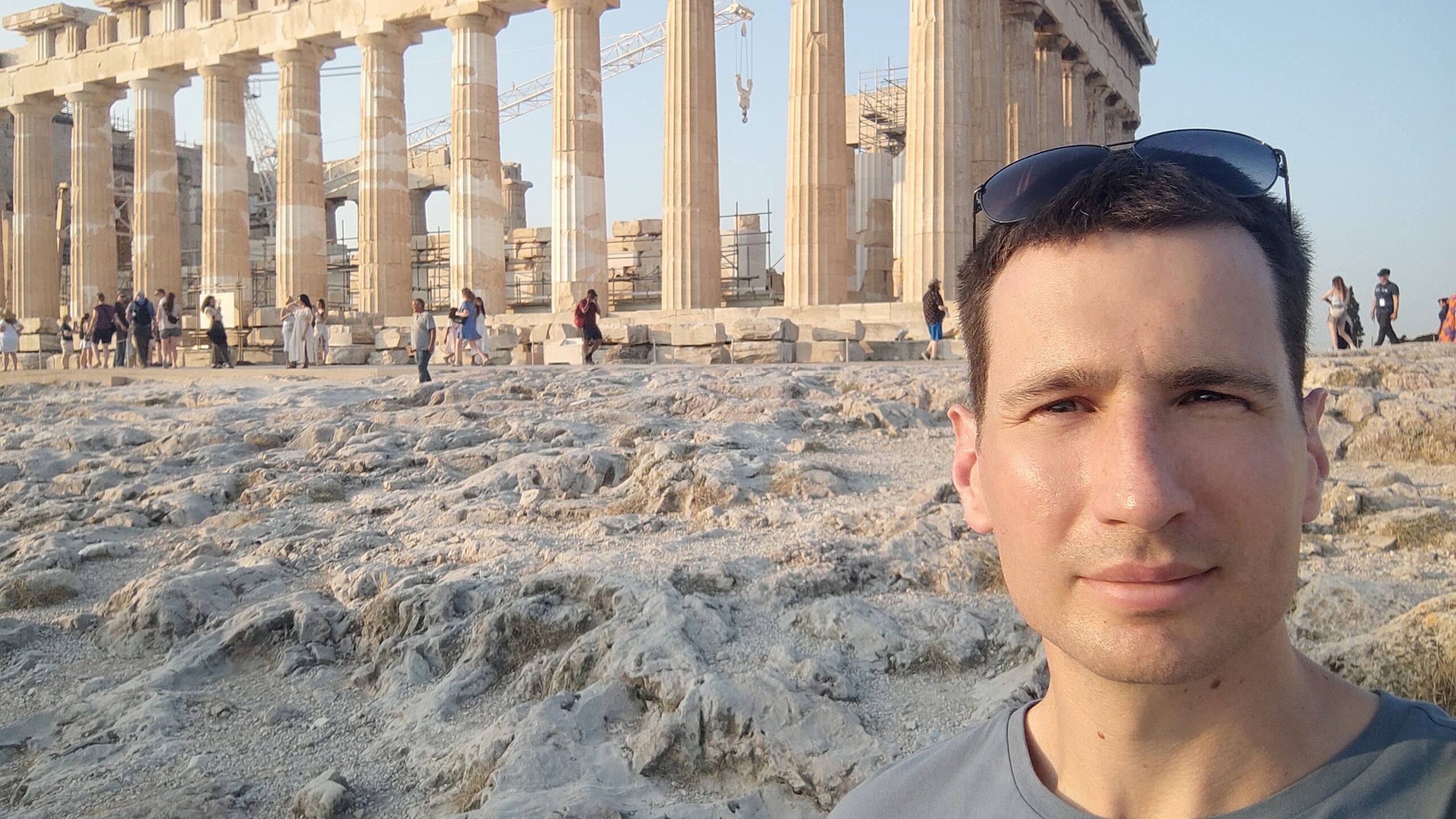The department handles a wide range of cases, including peripheral arterial interventions, dialysis fistula angioplasties, stroke interventions, thoracic interventions, as well as MSK and pain management procedures. It is equipped with two angiography suites, multiple ultrasound machines, and an interventional CT. Furthermore, the department offers a variety of thermal ablation devices, such as RFA (Radiofrequency Ablation), MWA (Microwave Ablation), and CRA (Cryoablation), providing a comprehensive environment for learning and practice.
A typical workday at “ATTIKON” began at 8:00 AM and ended at 4:00 PM, although this could vary depending on the workload. When necessary, two procedures were performed simultaneously in the department’s two DSA labs. CT-guided interventions were usually conducted in the early afternoon. This organized workflow allowed for efficient management of patient cases, with each procedure receiving the attention it required.
One standout feature of the department’s organization was the active involvement of radiology residents in interventional radiology procedures. Residents assisted in nearly every intervention, gaining hands-on experience and developing a deeper understanding of the techniques used. This system not only helped them become more proficient but also motivated many to pursue interventional radiology as a specialty after their exams.
The organization of patient information and preparation was another key area in which “ATTIKON” excelled. As an IASIOS-accredited centre, the department adheres to the highest standards of patient care and workflow management. It was highly beneficial for me to observe how patient preparation and communication are handled in such a well-organized, internationally accredited centre. Given that our own institution is working towards IASIOS accreditation, I was able to gain invaluable insights into how such an accreditation impacts clinical practice. The department’s focus on patient care and safety was evident throughout my time there, and I plan to bring many of these best practices back to our institution.
In addition to patient care and education, research plays a significant role in the department. Prof. Filippiadis’s team conducts structured data collection during many procedures, advancing knowledge in the field of interventional radiology. I was fortunate to contribute to the department’s scientific work by writing a case report on a novel treatment for metacarpophalangeal joint osteoarthritis-related pain. This experience allowed me to expand my research skills and contribute to the growing body of work in this area.
During my time at “ATTIKON,” I observed a wide variety of MSK interventions and pain management procedures, including bone biopsies, facet joint injections, thermal ablation of osteoid osteomas, splanchnic nerve cryoneurolysis, medial branch cryoneurolysis, hip joint injections, knee joint pulsed RFA treatments, and epidural injections. One peripheral intervention that particularly caught my attention was laser atherectomy, a technique that is not yet available at our institution. Based on my observations, it seems to be a highly effective treatment option that we could potentially introduce at Semmelweis University.
Additionally, I observed three AV malformation treatments using electrochemotherapy, a relatively novel and exciting intervention. These experiences allowed me to broaden my knowledge and explore innovative techniques that could benefit our patients in the future.
Throughout my fellowship, I received tremendous support from my mentor, Dr. Ornella Moschovaki-Zeiger, as well as from the entire team. Everyone at the department was eager to share their knowledge and help me refine my skills. Prof. Filippiadis himself performed most of the MSK interventions and offered invaluable advice during each procedure. His mentorship has been instrumental in shaping my approach to interventional radiology.
With the knowledge and skills I gained during this fellowship, I am confident that we can begin performing MSK interventions and pain management procedures in our department. Prof. Filippiadis also assured me that I can always reach out to him for further guidance on complex cases. I look forward to incorporating these procedures into our practice and contributing to the growth of interventional radiology at Semmelweis University.
I am extremely grateful to CIRSE for providing this outstanding opportunity. The fellowship has not only enhanced my professional skills but also fostered stronger connections between our institution and leading centres in the field of interventional radiology. The experience has been both personally and professionally rewarding, and I am eager to apply what I have learned to improve patient care and expand the capabilities of our department.


